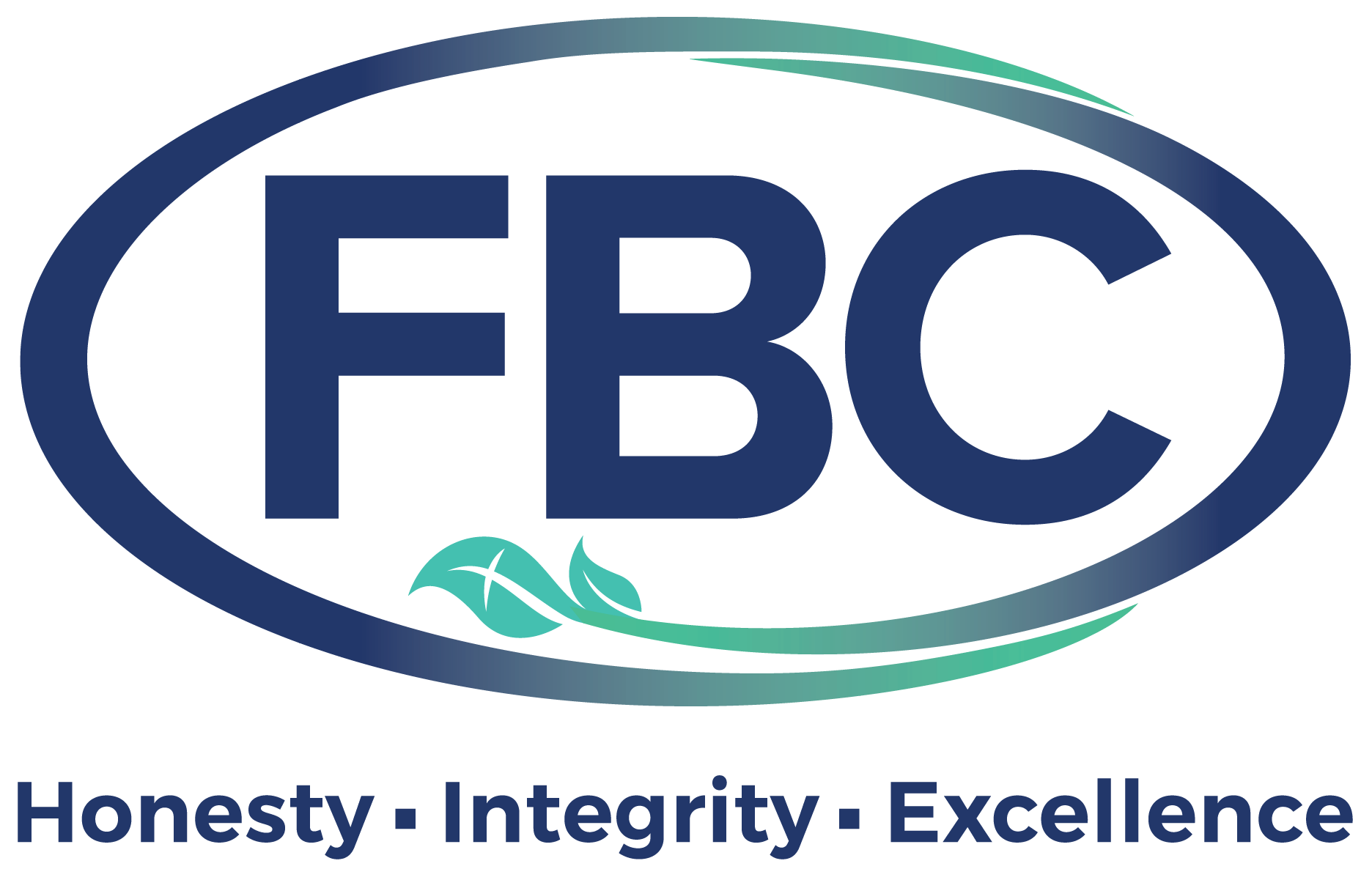On-Demand Pay is quickly becoming one of the most talked-about trends in HR. Imagine your employees could tap into their earned wages whenever they needed them. What if they could do this without waiting for payday? There would be no more holding out for Friday and no more stressing over emergency bills mid-week.
For many workers, especially in hourly or shift-based roles, this could be a real game-changer.
At FBC, we work with companies looking to adapt to changing employee expectations. And more often than not, on-demand pay comes up as part of that conversation. In this article, we’ll walk you through the pros and cons of on-demand pay for both employers and employees. Here, we’ll explain how automation makes it easier to roll out.
What Is On-Demand Pay and How Does It Work?
A Simple Breakdown of On-Demand Pay
On-demand pay is also known as earned wage access. It lets employees access a portion of the money they’ve already earned—before the traditional payday. This isn’t a loan. It’s not credit. It’s simply a way for employees to get paid for the time they’ve already worked.
Here’s how it typically works: A third-party provider partners with your payroll system. It tracks employee hours in real-time. When an employee requests early access to part of their pay—say, $100—it’s sent to their bank account or pay card. On payday, that amount is automatically deducted. It’s easy!
Types of On-Demand Pay Models
There are a few ways to set up on-demand pay:
- Employer-Sponsored Access: The company integrates the system directly into its payroll. It covers any fees involved.
- Employee-Paid Access: Employees may pay a small fee (like an ATM fee) per transaction.
- Third-Party Access: External platforms manage everything, with limited employer involvement.
Each model has its pros and cons, depending on how hands-on your HR team wants to be.
Pros for Employees
Increased Financial Flexibility
Life happens. Car repairs, medical bills, surprise expenses—they don’t wait for payday. On-demand pay helps employees stay ahead of these challenges. Clients who offer this flexibility report fewer requests for payday advances or help from managers.
When employees have control over when they get paid, they feel more secure and less stressed. That can go a long way.
Improved Job Satisfaction and Retention
Let’s be honest—everyone wants to feel supported at work. Giving employees access to their earned wages shows that you trust them. It lets them know you care about their well-being. That kind of trust builds loyalty.
In industries like hospitality and healthcare, turnover is often high. On-demand pay acts like a magnet for new talent and a glue for keeping people longer.
Pros for Employers
Attracting and Retaining Talent
The job market is still competitive, especially for hourly and frontline roles. Offering on-demand pay can make your benefits package stand out. It’s particularly appealing to Gen Z and younger millennials. They expect instant access, whether streaming content or managing their finances.
If you’re struggling to fill roles or keep them filled, adding this benefit could tip the scale in your favor.
Boosted Productivity and Engagement
Financial stress doesn’t stay at home—it follows people to work. Employees distracted by money worries are less focused. They’re more likely to call in sick and are generally less engaged.
On-demand pay is something that gets employees excited. Productivity improves because people aren’t weighed down by financial anxiety.
Cons and Considerations for Employers
Administrative and Compliance Challenges of On-Demand Pay
Of course, no solution is perfect. Employers must consider tax implications, wage and hour laws, and paycheck accuracy. If your current payroll system isn’t flexible, tracking mid-cycle wage access can get complicated fast.
That’s why working with providers specializing in on-demand pay is key. After integration, automated payroll systems help with compliance and reduce the burden on your HR team.
Financial and Operational Costs of On-Demand Pay
While the cost per transaction might seem small, it can add up—especially if the company covers the fees. Plus, there’s the operational challenge of cash flow. Are you ready to pay earned wages before payday?
Some employers handle this by setting limits. For example, maybe only 50% of earned wages are available for early access. Others use third-party providers to handle the funding.
Leveraging Automation for Seamless Implementation
Integration with Payroll Software
If you’re using modern, automated HR and payroll platforms, you’re already halfway there. Most on-demand pay providers offer seamless integrations with the tools you’re likely already using.
This means less manual work, fewer errors, and a smoother experience for everyone.
Vendor Evaluation Tips
When choosing a provider, ask:
- Do they integrate with your current payroll system?
- How secure is their data handling?
- What are the costs—both to the business and to employees?
- Do they offer customer support for your HR team and your employees?
Testing the system with a pilot group first to work out any kinks before a full rollout is a good idea.
Real-World Impact of On-Demand Pay
Offering on-demand pay can be part of a broader push to reduce turnover. Many companies find that their turnover rate drops by as much as 15% within six months! Plus, employee satisfaction scores improve. It isn’t just about the money; it is about feeling valued and supported.
That’s the kind of result that makes this worth considering.
Key Points
- On-Demand Pay lets employees access wages they’ve already earned. It offers flexibility and reduces financial stress.
- Employees benefit from improved well-being, while employers see better retention and engagement.
- There are challenges, especially around compliance and cost. The right provider and payroll integration, however, can make rollout simple.
- Automated solutions help HR teams manage on-demand pay with minimal disruption.
- With the right tools and strategy, on-demand pay can be a win-win for your workforce and your organization.
Are you curious whether on-demand pay is right for your company? FBC can help you evaluate the options. We can review your current systems and recommend a solution that works for your people and your bottom line. Learn more now!

